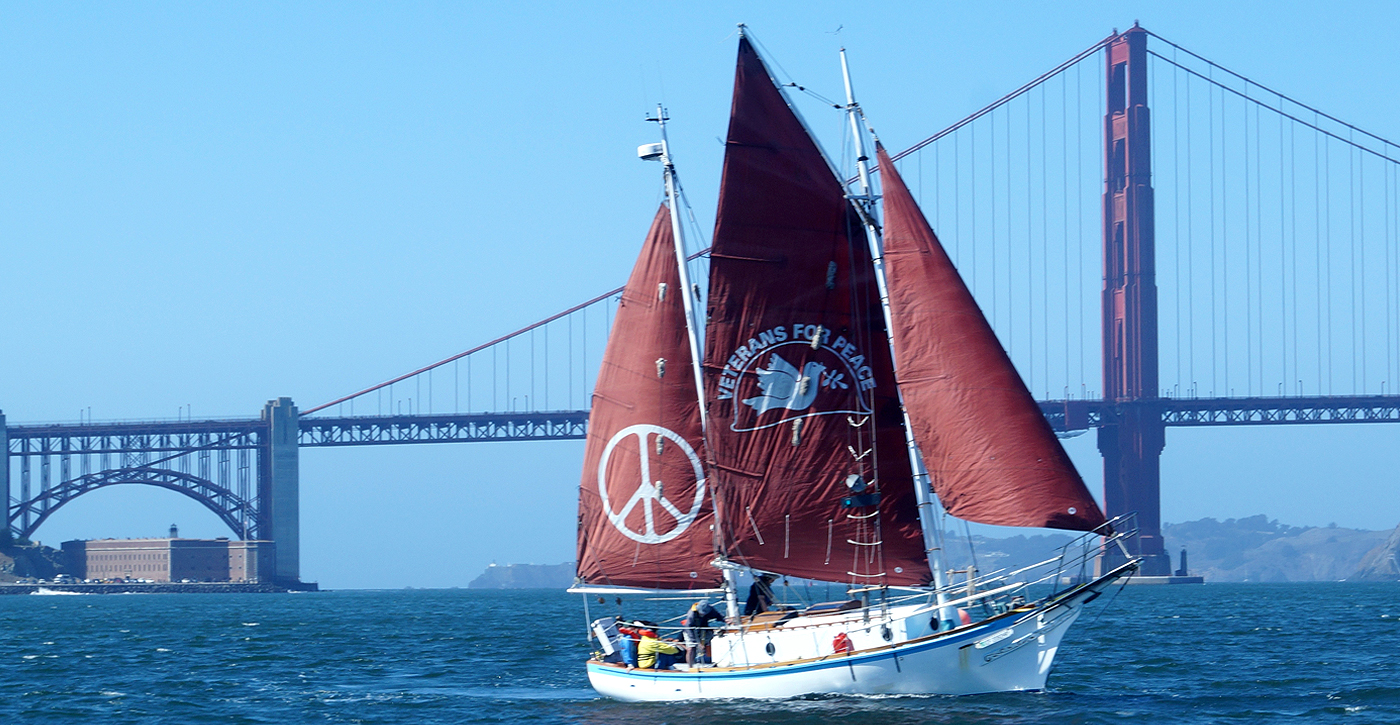To spotlight the work of female peace activists in the United States, staff of Swarthmore College’s Peace Collection library have compiled and made public more than 600 sound and video files of twentieth-century American women who have campaigned against war. Digitizing the records took several years and relied on a grant from the National Endowment for the Humanities.
The collection is free and available to the public. Pacifist activist Barbara Deming as well as American Friends Service Committee are well represented in the archive. It also features such highlights as a film of Jeannette Rankin, the first woman to serve in the U.S. Congress, marching on Washington, D.C., in 1968 to oppose the Vietnam War. Rankin was also the first woman to vote against entering World War I. Such footage can inspire researchers to inquire further into the life and work of the women depicted, according to Victoria Russo, digital and access archivist at the Peace Collection. Other special artifacts include audio and video files of Jane Addams and Emily Greene Balch, both winners of the Nobel Peace Prize.
Nearly a century old, the Swarthmore College Peace Collection is a library and archive repository documenting peace movements around the world.
Many assume that the peace movement in the United States was composed predominantly of White men, but the videos of antiwar demonstrations show that in many cases women made up three quarters of the protestors, according to Russo.
“I think I am most excited by National History Day students using it,” said Russo.
National History Day is a nonprofit education organization working to improve the teaching and learning of history. A middle school group from Texas used materials from the Peace Collection and won first place in the nationwide tournament.
A recipient of the Moore Inventor Fellowship is using the materials as part of a film on the War Resisters League (WRL) that focuses on late peace activist David McReynolds, who served as a WRL staff member, according to Russo.
Peace and conflict studies students at Swarthmore College will find the collection’s materials useful and relevant, according to Russo.
“It’s not just a picture of a piece of paper from 1792, right? It is people marching on the Capitol in 1972. And it’s a little more contemporary and maybe it speaks to them more,” Russo said.
Correction: A previous version of this story misquoted a year that Victoria Russo referenced in the following quote: “It’s not just a picture of a piece of paper from 1792, right? . . .” The year she said here was 1792, not 1972, which is stated later in the same quote.






Comments on Friendsjournal.org may be used in the Forum of the print magazine and may be edited for length and clarity.